Growth in Consumer Electronics
The Brushed DC Motor Market is significantly influenced by the expanding consumer electronics sector. With the proliferation of smart devices, appliances, and personal gadgets, the demand for compact and efficient motors is on the rise. In 2025, the consumer electronics segment is anticipated to contribute substantially to the overall market growth, as manufacturers seek to enhance product performance and energy efficiency. Brushed DC motors are favored for their simplicity and cost-effectiveness, making them ideal for applications in various consumer electronics, including power tools, vacuum cleaners, and small appliances. This trend indicates a robust potential for growth within the brushed DC motor market, as consumer preferences continue to evolve towards more efficient and technologically advanced products.
Industrial Automation and Robotics
The Brushed DC Motor Market is poised for growth due to the increasing integration of automation and robotics in various industries. As manufacturing processes become more automated, the demand for reliable and efficient motors is expected to rise. In 2025, the industrial automation sector is projected to be a key driver of the brushed DC motor market, as companies seek to enhance productivity and reduce operational costs. Brushed DC motors are particularly well-suited for applications in robotics, conveyor systems, and automated machinery, where precision and control are essential. This trend suggests a promising outlook for the brushed DC motor market, as industries continue to invest in advanced technologies to streamline operations and improve efficiency.
Rising Demand in Automotive Sector
The Brushed DC Motor Market is experiencing a notable surge in demand, particularly within the automotive sector. As electric vehicles gain traction, the need for efficient and reliable motors becomes paramount. In 2025, the automotive industry is projected to account for a significant share of the brushed DC motor market, driven by the increasing adoption of electric and hybrid vehicles. This shift is likely to enhance the performance and efficiency of vehicles, thereby propelling the growth of the brushed DC motor market. Furthermore, advancements in automotive technology, such as regenerative braking systems, are expected to further stimulate demand for brushed DC motors, as they play a crucial role in energy recovery and overall vehicle efficiency.
Emerging Applications in Renewable Energy
The Brushed DC Motor Market is likely to benefit from the growing emphasis on renewable energy applications. As the world shifts towards sustainable energy solutions, brushed DC motors are increasingly being utilized in wind turbines, solar tracking systems, and other renewable energy technologies. In 2025, the renewable energy sector is expected to drive significant growth in the brushed DC motor market, as these motors offer advantages such as high efficiency and reliability. The integration of brushed DC motors in renewable energy systems not only enhances performance but also contributes to the overall sustainability goals of various industries. This trend indicates a strong potential for the brushed DC motor market as the demand for clean energy solutions continues to rise.
Technological Innovations and Enhancements
The Brushed DC Motor Market is witnessing a wave of technological innovations that are enhancing motor performance and efficiency. Advances in materials, design, and manufacturing processes are leading to the development of more compact and powerful brushed DC motors. In 2025, these innovations are expected to play a crucial role in driving market growth, as manufacturers strive to meet the evolving demands of various applications. Enhanced features such as improved thermal management, higher torque density, and better control systems are likely to attract a broader range of industries to adopt brushed DC motors. This trend suggests that the brushed DC motor market will continue to evolve, driven by the need for more efficient and reliable motor solutions across diverse sectors.


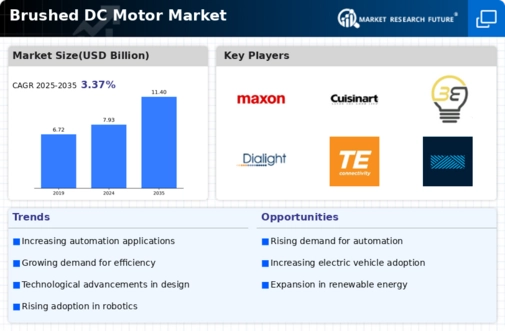
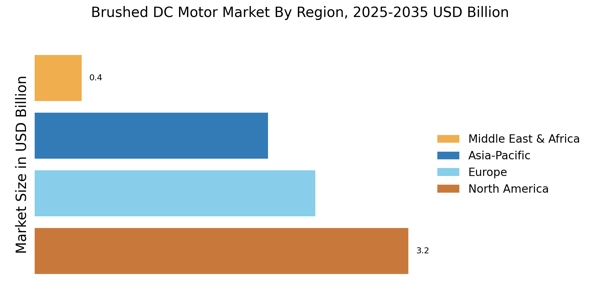
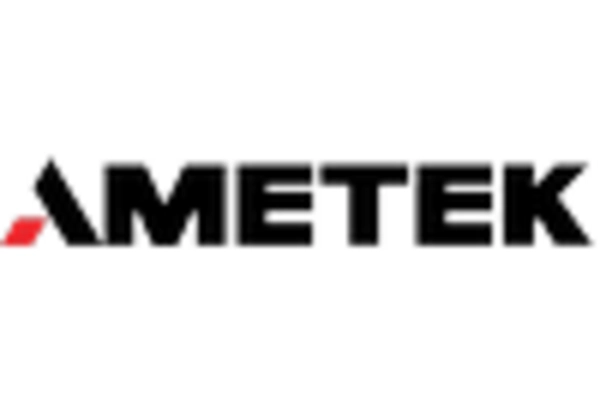
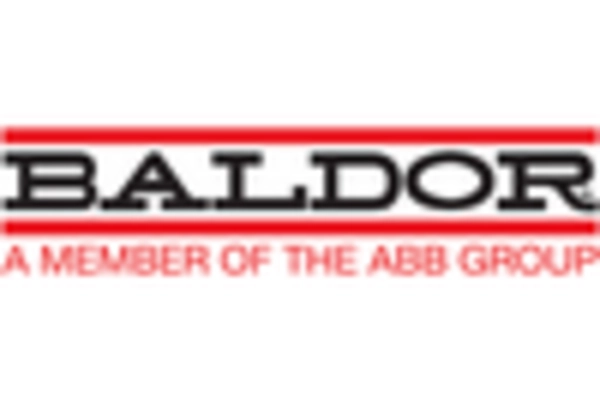
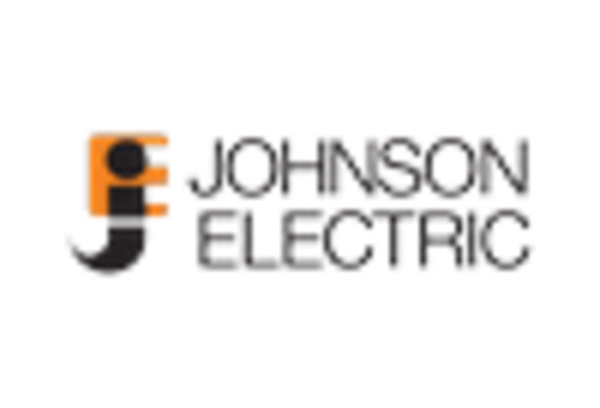
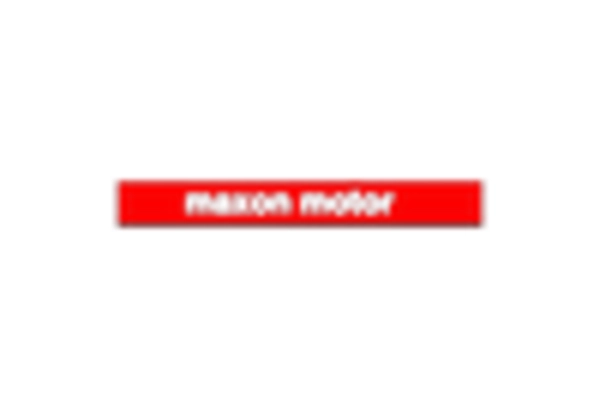
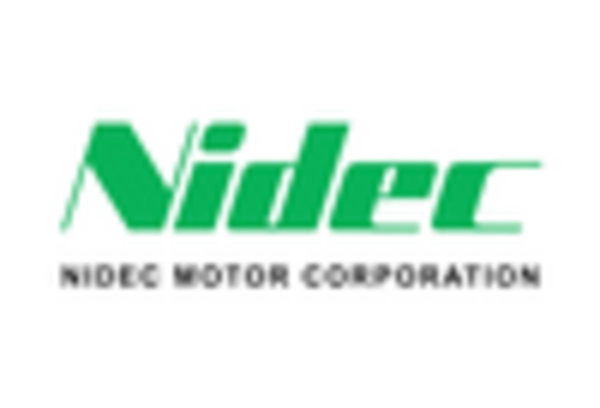
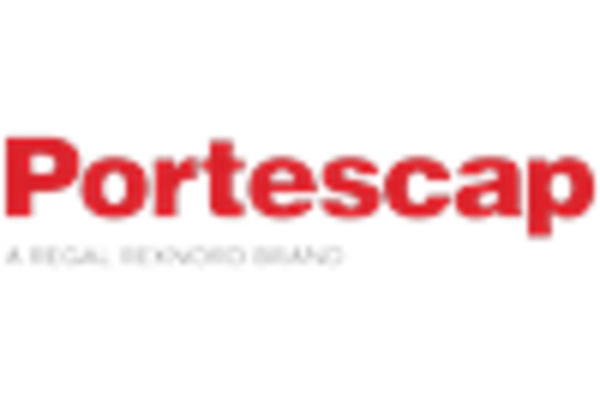








Leave a Comment